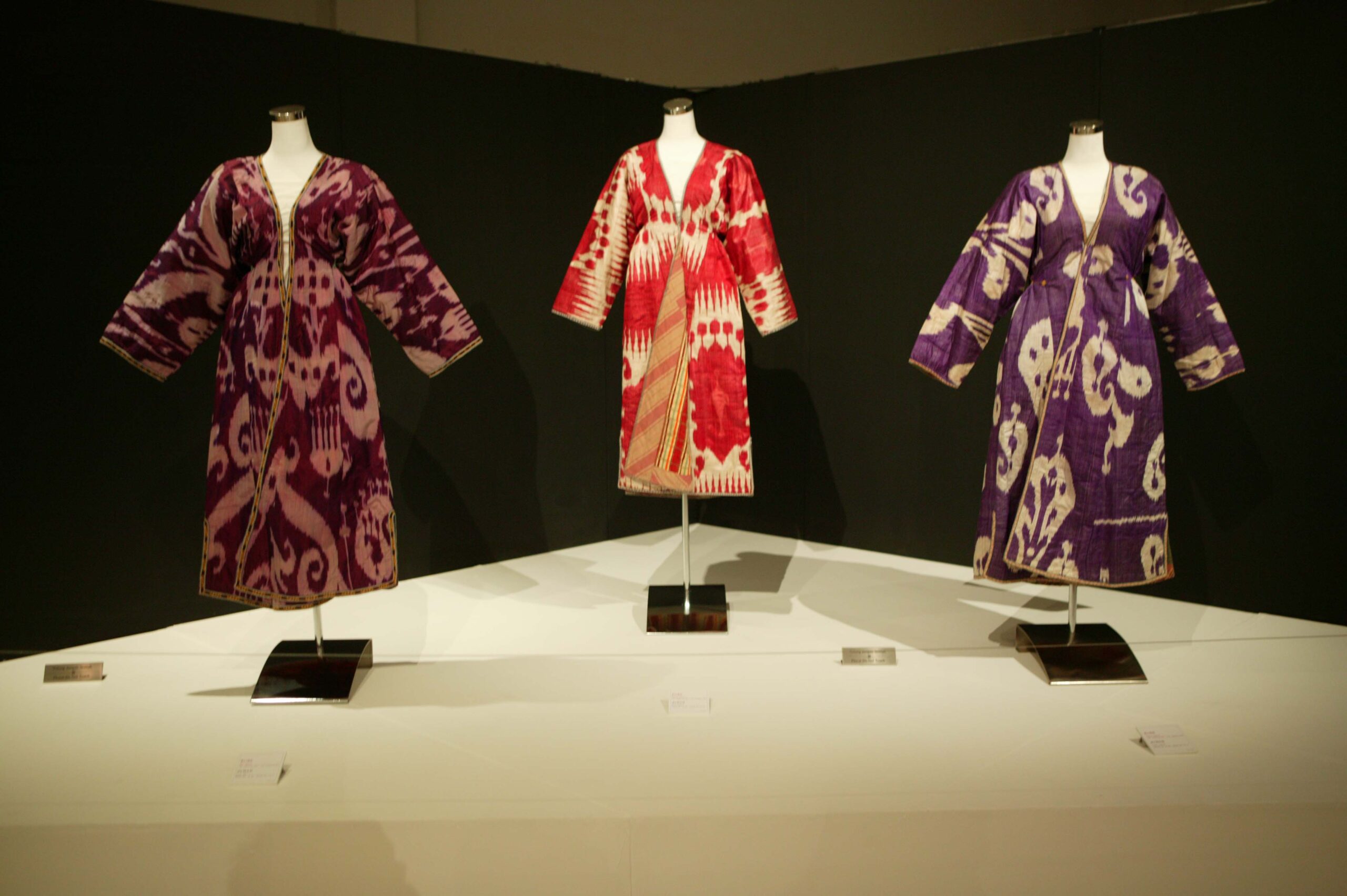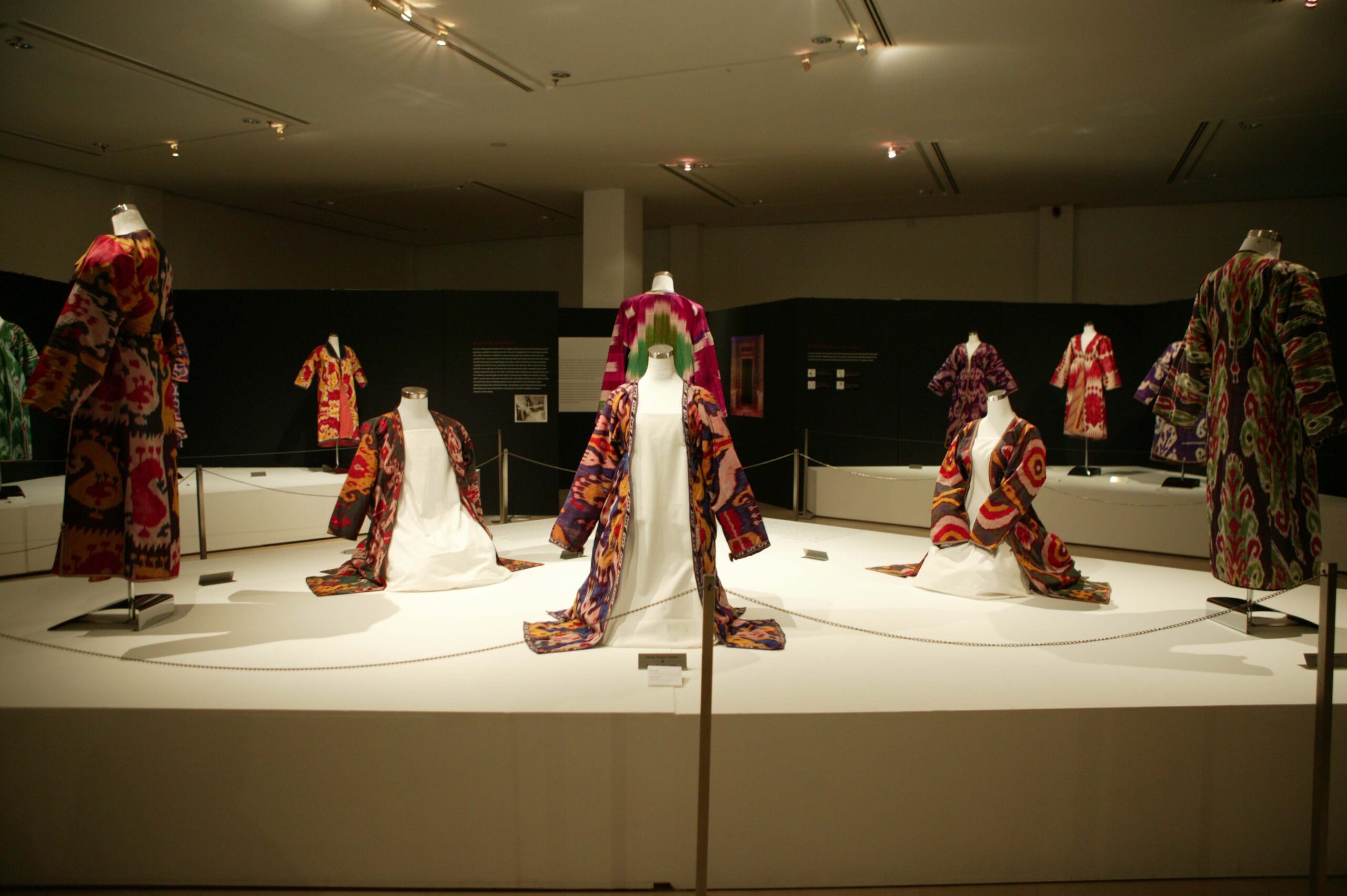
01 Apr 2006 - 25 Jul 2006
Silk Ikats are among the most vibrant textiles of Central Asia. Part of the weaving tradition known in Persian as ‘abrbandi’, they are stunning to look at as they are challenging to make. When compared with the delicate ikats of Southeast Asia, these Central Asian cousins are an explosion of colour and pattern.
Abrbandi: Ikats of Central Asia celebrates the artistic and technical virtuosity of the silk designers, dyers and weavers of Central Asia at the close of the 19th century. Ikat textiles played many important economic and social roles at the time, when robes & hangings were given payment for services rendered, as dowry and bride price, and as highly esteemed gifts. Beyond the border of Central Asia, ikat textiles had political value in diplomatic exchange as gifts between rulers. For peoples outside Central Asia, as well as for travelers and colonists in the region, ikat fabrics came to symbolise the exoticism of the Islamic world.
During the 20th century these textiles were collected and brought to Europe, Asia, Americas, where they entered the market as complements to the more familiar Central Asian carpets and embroideries. As recognition of their high artistic quality became more widespread, and research placed them into the appropriate cultural context, many ikats found homes in museums. Here, they continue to play an important part in dialogue between cultures
A publication for the exhibition is available at the Museum Shop, please click here for more information.


